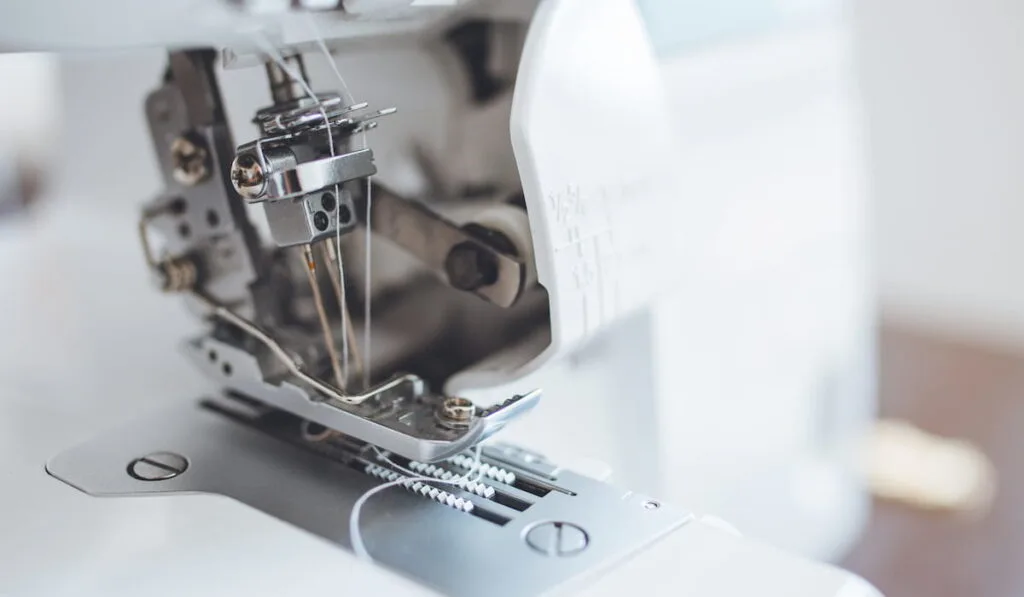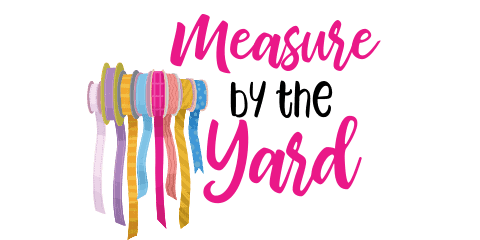You probably know serger feet as that part of a sewing machine that finishes the seams at the edge of your fabric. But they might just be able to do more.
There are many types of serger feet, and each one can do something unique to your fabric. Many times, the distinctive uses of a serger foot determines what you choose to buy.

Now, to get a serger foot, you have to provide the model and brand name of your sewing machine. This begs the question, “Are Serger Feet Interchangeable?”. We shall answer this below by using 2 sewing machine brands as a case study.
Are Brother and Singer Feet Interchangeable?
Although serger feet are matched to their machines according to the brand and model number, they can be interchanged. In other words, you might be able to use a serger foot for one machine brand with another machine.
So, does this rule apply to the Brother and Singer brands? Can the serger feet of these brands be interchanged? Well, yes, they can, but this depends on the type of shank present in their models.
What Type of Shanks Are Present in Sewing Machines?
Sewing machines come in low-shank, high-shank, medium-shank, and slant-shank. The shank type is determined by the length between the serger foot and the serger foot screw. This length is measured when the serger foot lever is down.
If the length is 0.5 inches, then you have a low shank machine, and if it’s 1 inch, you have a high shank machine. Medium shank machines have lengths that fall between 0.5 and 1 inch, and they are commonly Pffafs sewing machines.
Slant shank machines usually have lengths just over 1 inch. You’ll most likely find this type of shank in vintage singer sewing machines. As revealed by their name, slant shanks are known to have shafts that slant backward.
Interchanging Serger Feet Between Brother and Singer Machines
When interchanging serger feet between Brother and Singer machines, you have to consider the type of shank.
If you have a low shank model of any of these brands, you can interchange their low-shank serger foot. The same goes for the high shank models.
9 Most Common Serger Feet and Why You Would Use Them
Like we said earlier, there are many types of serger feet, and each one has unique uses. So, in this part of the article, we will discuss 9 serger feet and what they do.
Blind Hem Foot
Like the name says, a blind hem foot is used to make blind hems. With this type of serger foot, the hem made on the fabric is not readily visible.
The blind hem foot is particularly useful because it can work on materials with varying thickness. This is possible because this type of foot usually comes with an adjustment screw.
Another great feature of the blind hem foot is the metal guide that helps maintain the straightness of the seams as you sew on.
Belt Loop Foot
The belt loop foot is great for creating automatic loops or straps. It achieves this by folding beneath the edges of fabrics with bias strips, while you sew.
Belt loop foot would do great when you want to create belt loops. Besides creating belt loops with it, you can also make buttons tabs, purse handles, drawstrings, and many other types of decorations.
Beading Foot
There are no prizes for guessing what the beading foot works for. As the name says, the beading foot is used to sew beads to the edge of fabrics. This saves a lot of time compared to the manual method.
The best stitch to select depends on the brand of machine you are using, and it is usually stated in the manual.
In some machines, it is preferred that you fold the fabrics with the wrong side together. Then you arrange the beads near the folded edges before you stitch.
When using the beading foot, your stitch length should be equal to the diameter of the beads you’re working with.
Gathering Foot
The gathering foot creates gathers. Now, you probably think, “I can create gathers with my hands, so why do I need this?”
Well, a gathering foot can create gathers on one fabric and attach it to another at the same time. This makes it less time-consuming and less tedious.
The gathering foot works best on soft materials. If you use it on heavier materials, you’re going to get fewer ruffles.
Piping/Cording Foot
Use the piping/cording foot when you want to give the surface of your fabric a cord, embroidery, or piped-edge design. You can use it on single or double layers of fabric.
The use of the piping/cording foot is not limited to the edges only. You can use it on any part of the fabric, and you’ll get the results you want.
With the cording/piping foot, the cords will not get tangled, and they will come out well aligned.
Elastic Foot
This allows you to stitch elastic to your materials efficiently. You spend less time, and you can change the pressure on the elastic easily while you sew.
By varying the pressure on the elastic, you can create different sizes and numbers of ruffles.
One other feature of this foot is that it gently extends the elastic as you stitch. By doing this, the elastic will not pull on the needle, and there will be no skipped stitches.
Lace Applicator Foot
This is used in attaching lace trims to fabrics. But apart from lace trims, it also works for other types of decorations, including ribbons. It comes with a screw that is used to adjust the stitch, so it works with different trim sizes.
Ruffling Foot
This type of serger foot is used for making ruffles. But its use is limited to small-sized fabrics. The patterns produced are dainty and detailed.
It works on materials with varying thickness, but on thicker materials, you’ll get a few ruffles.
Buttonhole Foot
The buttonhole foot is used to create buttonholes. It works by stitching out the buttonhole region. After stitching with this serger foot, you can then cut out the buttonhole.
This foot usually comes with newer machine models, and you’ll rarely find it in the old ones. Some even come with a memory function. This function holds information about the buttonhole sizes you work with the most, making it easy to use.
Buttonhole feet come in different sizes and styles, so you will most likely get one for your serger sewing machine. The advantages of this type of serger foot are that the buttonholes have a uniform size, and they are created swiftly.
Resources
- https://www.sewsimpleoflynchburg.com/2017/02/02/need-a-foot-shank-type-is-important/
- https://madamsew.com/blogs/sewing-blog/understanding-sewing-machine-shanks-presser-feet
- http://www.ashleyandthenoisemakers.com/blog/2015/6/27/what-to-look-for-in-a-vintage-sewing-machine-part-3
- https://www.sewsimpleoflynchburg.com/2017/02/02/need-a-foot-shank-type-is-important/
- https://sergerpro.com/specialty-presser-feet-sergers/
- https://www.sewingmachinesplus.com/serger-feet.php
- https://sewing.patternreview.com/SewingDiscussions/topic/24964
- https://singerco.com.au/howto/use-gathering-foot/
- https://sewingiscool.com/low-shank-vs-high-shank-sewing-machines
- https://www.sewdaily.com/sewing/common-serger-feet-how-to-use-them/
